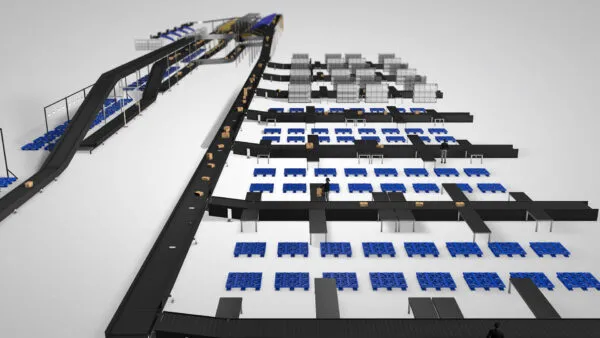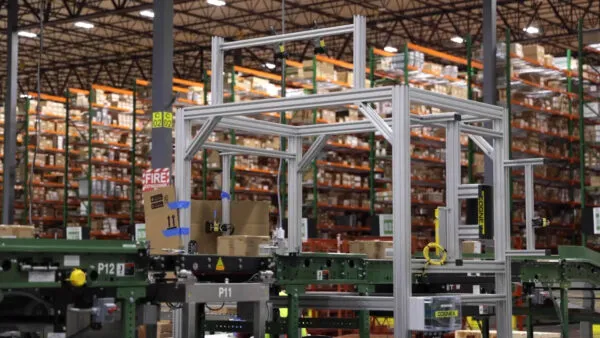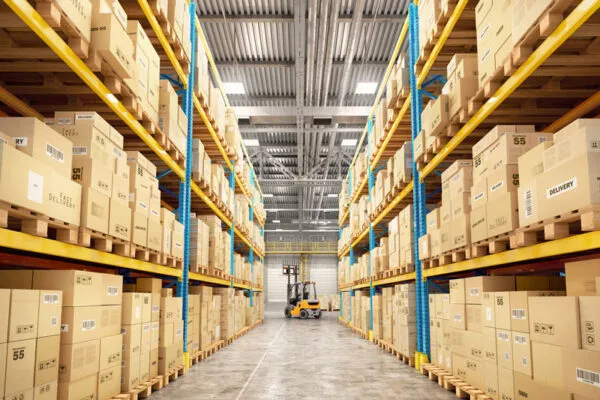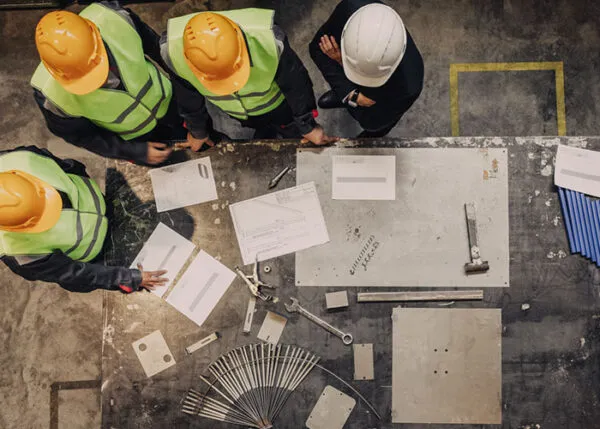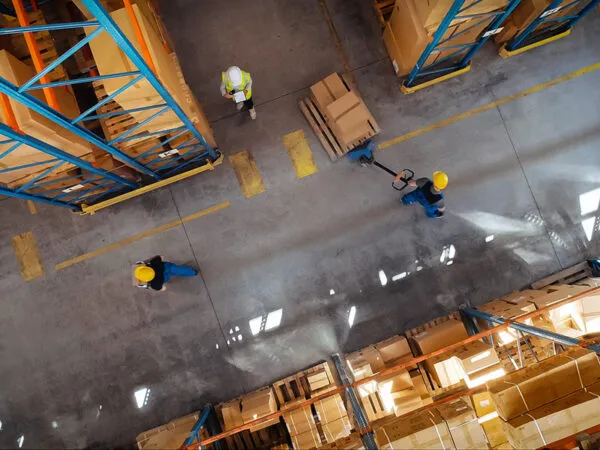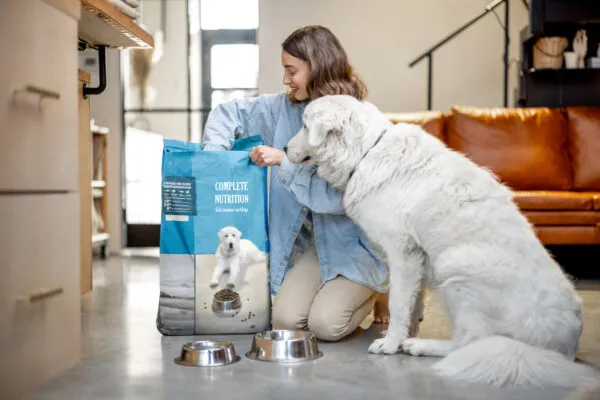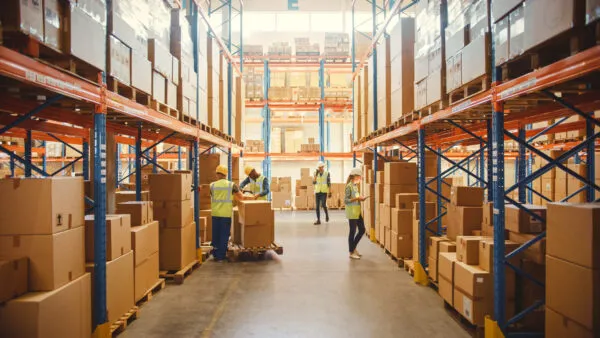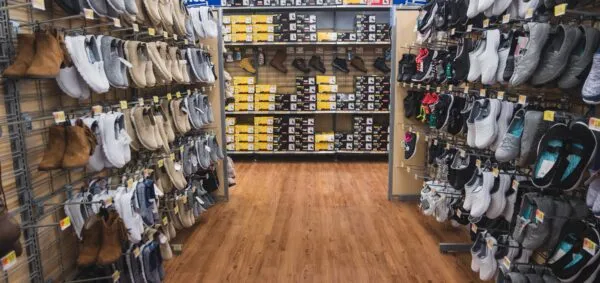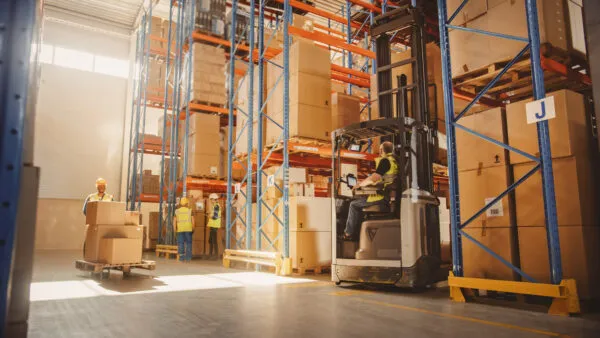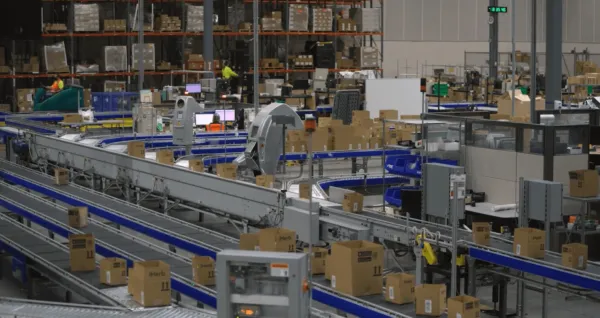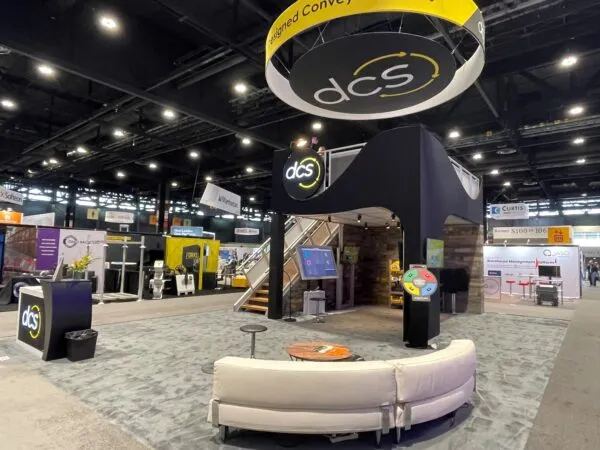This site is protected by reCAPTCHA and the Google Privacy Policy and Terms of Service apply.
5 Tips to Keep Your Installation Project Running Smoothly in the COVID Era
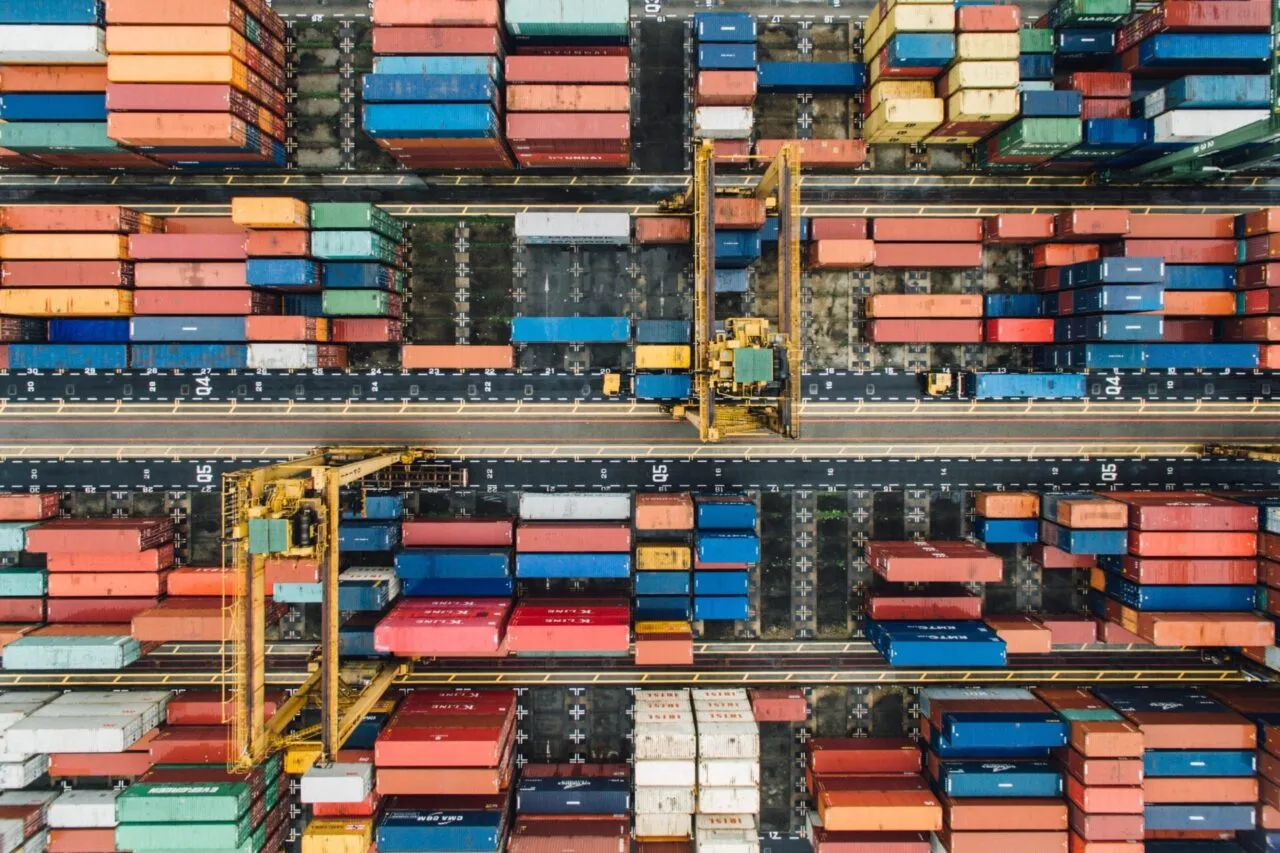
A year ago, I wrote a blog about the importance of communication between suppliers, integrators and customers in order to keep a new material handling installation project on track. Twelve months later, I can share from personal experience that frequent communication among all these parties continues to be absolutely critical in the COVID era to minimizing the risk of disruptions and delays during equipment implementation.
Over the past year we’ve all grown accustomed to the safety measures (temperature checks, health surveys, face masks, social distancing, plus routine sanitization and disinfection of shared tools and vehicles) required by many companies and places of business. Such requirements are no longer disruptive to workflows. Yet, thanks to the coronavirus and its many variants, equipment manufacturing delays persist. Although still lengthy, the timeframes are slightly shorter than before.
Therefore, it has become more important than ever for companies undertaking a greenfield distribution center construction project, or an update or expansion of an existing facility, to have ongoing, frequent communication with original equipment manufacturers (OEMs) and system integrators. This helps to ensure an equipment installation project’s timeline will run as smoothly as possible while minimizing unpleasant scheduling surprises.
Here are a few of my own observations about successful ways to keep your material handling equipment installation on track during the coronavirus pandemic:
1. Buy in bulk. If a company plans multiple facility upgrades or installations – either simultaneously or in close sequence – that will utilize common pieces of equipment from the same supplier, it might make most sense to commission all the equipment at one time. A bulk order often benefits a manufacturer, as they can make several of the same component with one set of tooling before changing over their process to produce the next component. It can also create a stockpile of needed equipment for the customer, shortening delivery times or allowing the integrator more flexibility in sourcing components needed for one project should another one stall.
2. Take inventory. It’s rare, even in non-COVID times, for all the required equipment and components to arrive on time and in the exact installation sequence as planned by the integrator. With current manufacturing lead times continuing to be stretched, having an exacting, precise inventory process in place that documents equipment and components upon receipt is even more critical than it ever was before. If a key item is missing (or arrives damaged) and needs to be replaced, it is important to alert the OEM of the situation. Verify the situation with digital photos of the trailer prior to and after unloading and send those to the supplier immediately in order to have the best chance at keeping the project on schedule. Any delay in discovering and reporting the issue will likely add more days or weeks to already extended delivery and installation timeframes.
3. Be flexible. During the pandemic, the traditional step-by-step, phased installation approach has been particularly hard to follow. If at all possible, it’s best to install the equipment that is there, even if that means completing Phase 1 and skipping to Phase 3 because the Phase 2 components have yet to be delivered. Of course, physical gaps may need to be left open to accommodate any forklifts (or other means of transporting the equipment), as well as for the addition of the missing parts. Likewise, the components that are installed may need to be left partially unfastened in order to make the minute adjustments required to fit the different parts together. But as long as the engineering drawings are correct and precise, it should be possible to continue to install the elements that have been delivered in order to keep the project on track.
4. Provide storage. As noted previously, components and equipment required for a new system installation rarely arrive in alignment with the build schedule. Therefore, if a customer can provide the integrator with a secure storage area to hold received equipment – such as an empty corner of the existing facility, or a separate warehouse on the same campus (or one located nearby) – components can still be delivered and available on-site when needed. This is particularly helpful in a new construction or expansion project. COVID has impacted building timeframes as well, and not every facility is ready for the equipment to be installed upon arrival.
5. Update safety protocols. As the year went on, I noted that several project locations implemented an additional temperature scan of employees and contractors mid-shift, during a lunch break for example. The second temperature check was intended to catch anyone who may develop a fever during the day in order to promptly send them home to take a COVID test and self-quarantine if possible. With a second scan occurring several hours after the first, the idea is to prevent anyone who fell ill from potentially infecting others on site – which could severely impact the project’s progress and timeline.
In my experience over the past year, applying one (or more) of these approaches at different job sites made a critical difference in ensuring that installation projects stayed mostly on schedule. But, as I mentioned at the outset, it’s critical that the integrator and the customer communicate the situation and recommend possible remedies as soon as a threat to the build timeline was identified. Doing so minimized project disruptions and kept progress continuing, even if it wasn’t necessarily in alignment with the original schedule.
Want to learn more about working with DCS on your next facility expansion project? Connect with us.
_
Author

With 20+ years in the industrial, baggage and material handling industries in both airports and distribution warehouses, Brian has developed and refined an expertise in electro-mechanical conveyance installations. In his career he has worn several hats u2013 from an apprenticeship level to superintendent, and now proudly wears one as our Director of Site Management. Brian has a love for comedies, sports and more importantly his family and 3 bulldogs. They thoroughly enjoy Disney trips as well as spending time at the beach and in the Smokey Mountains.
